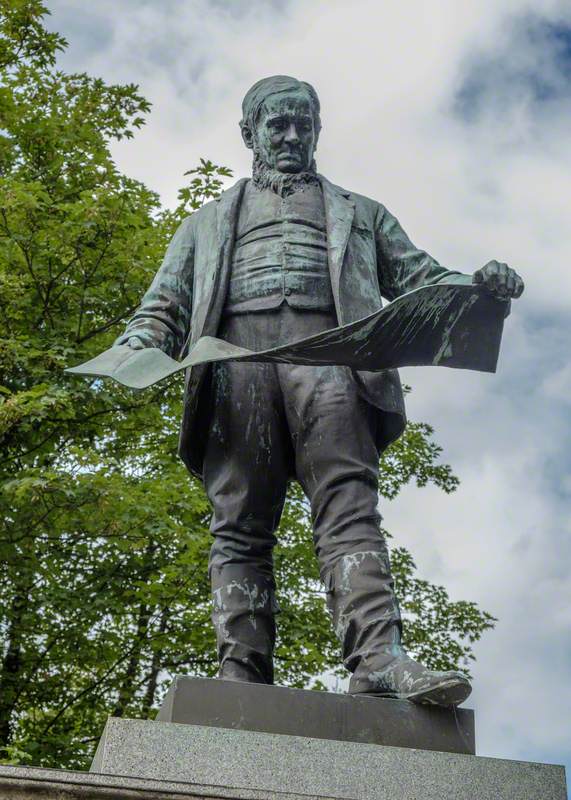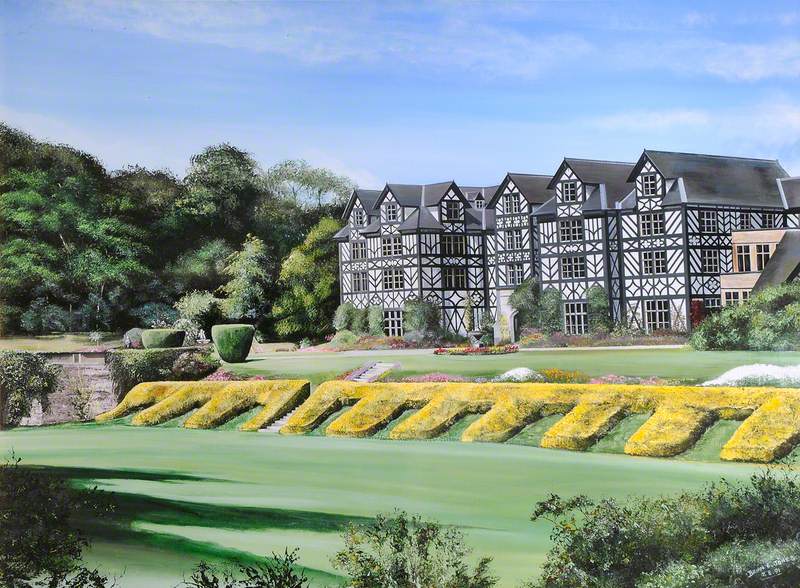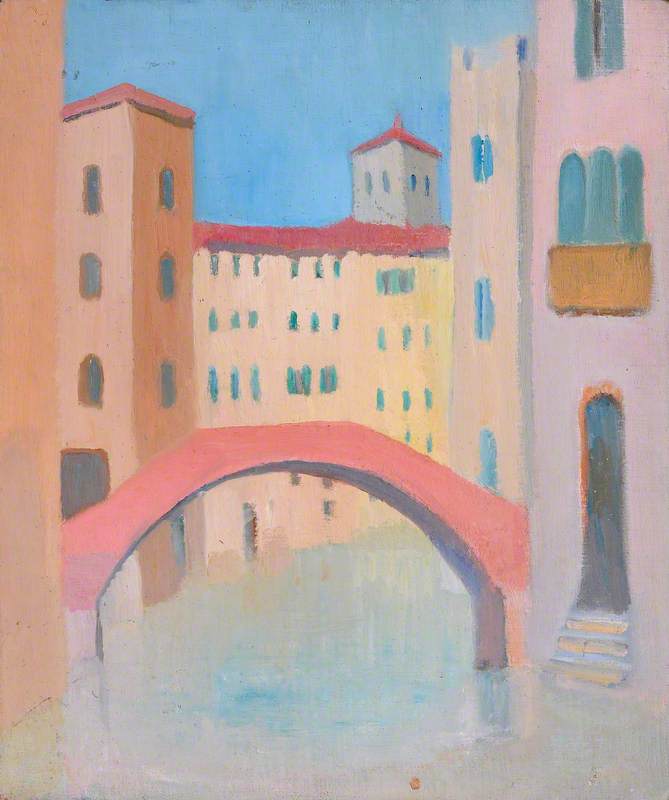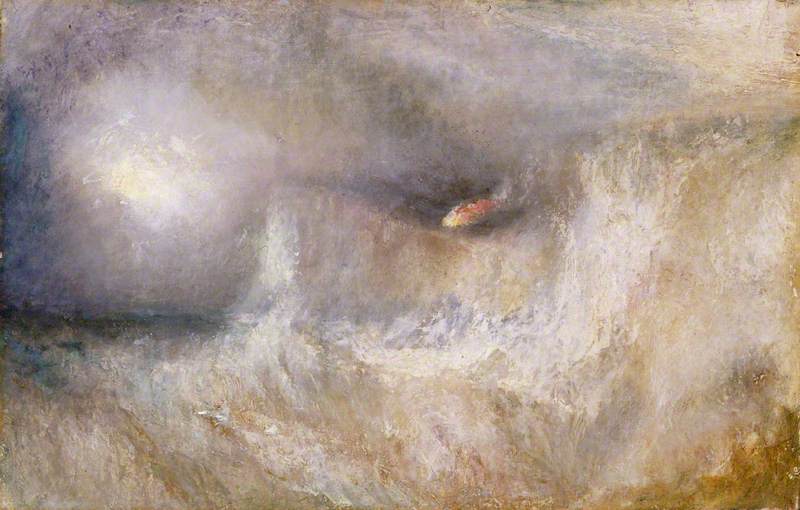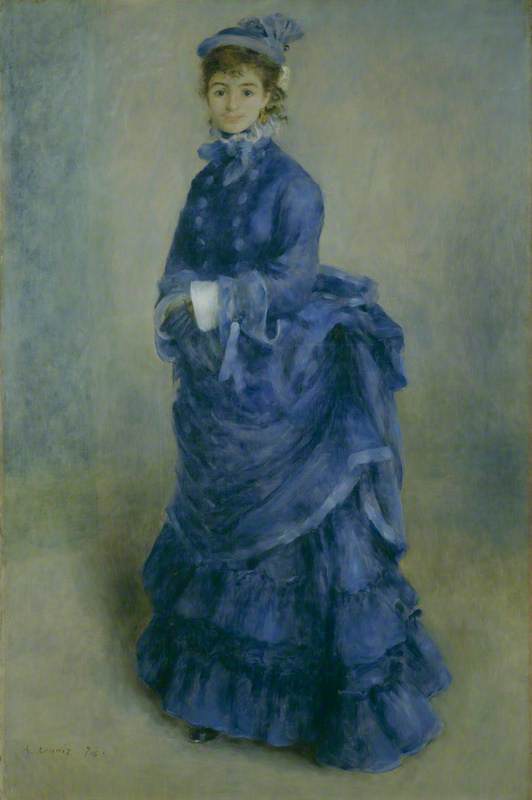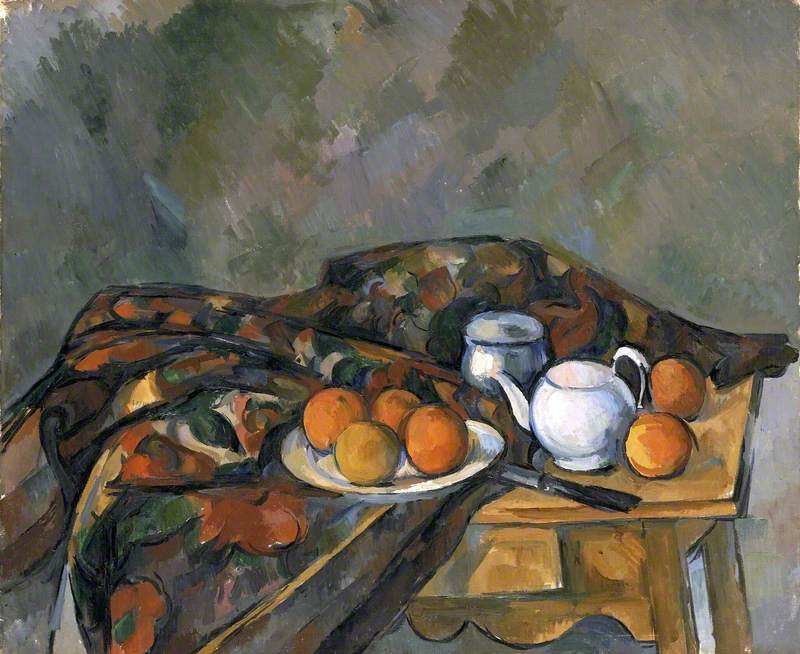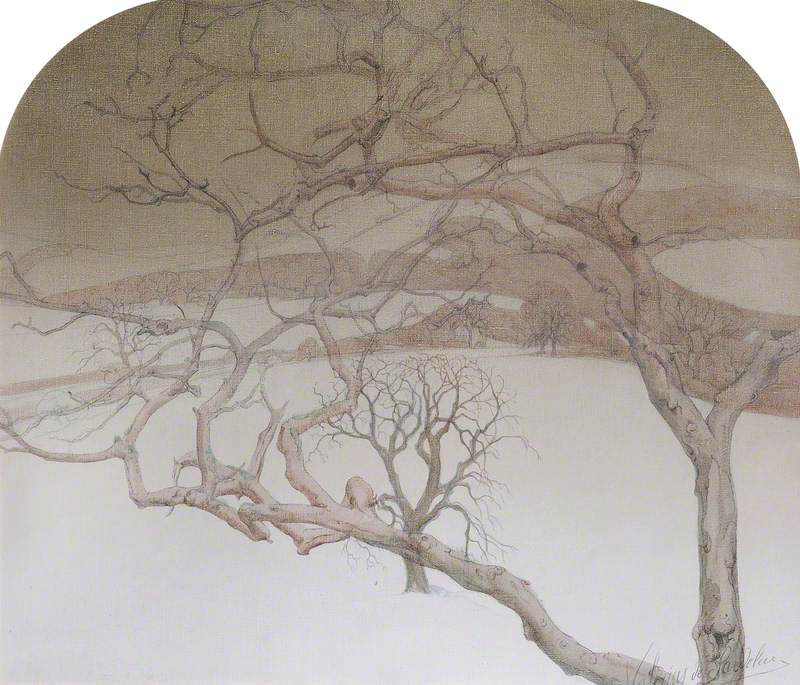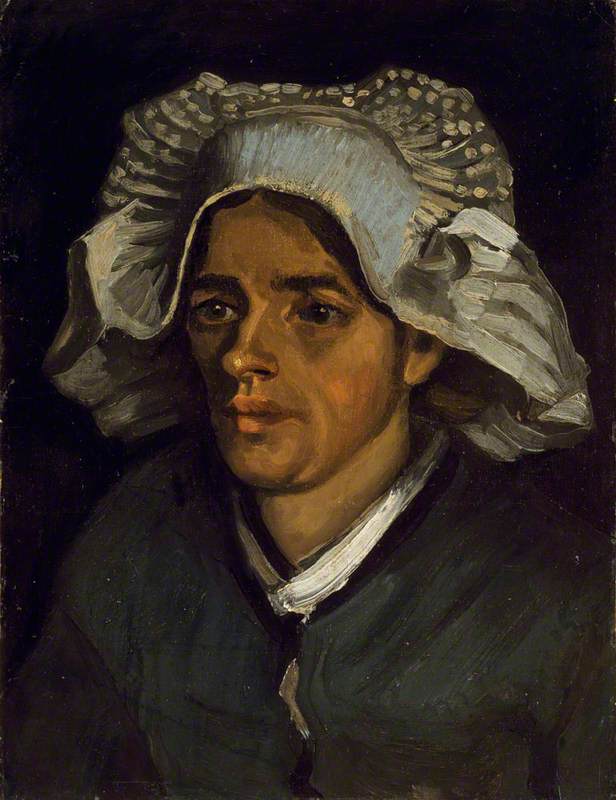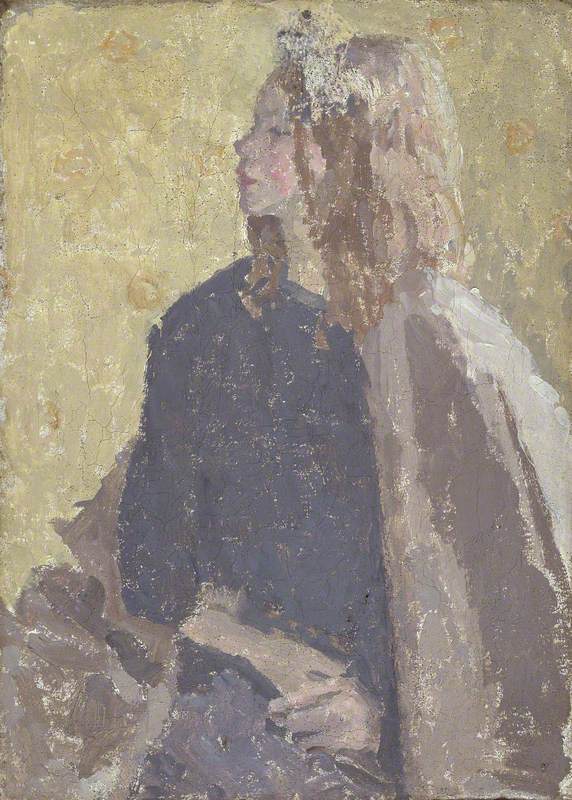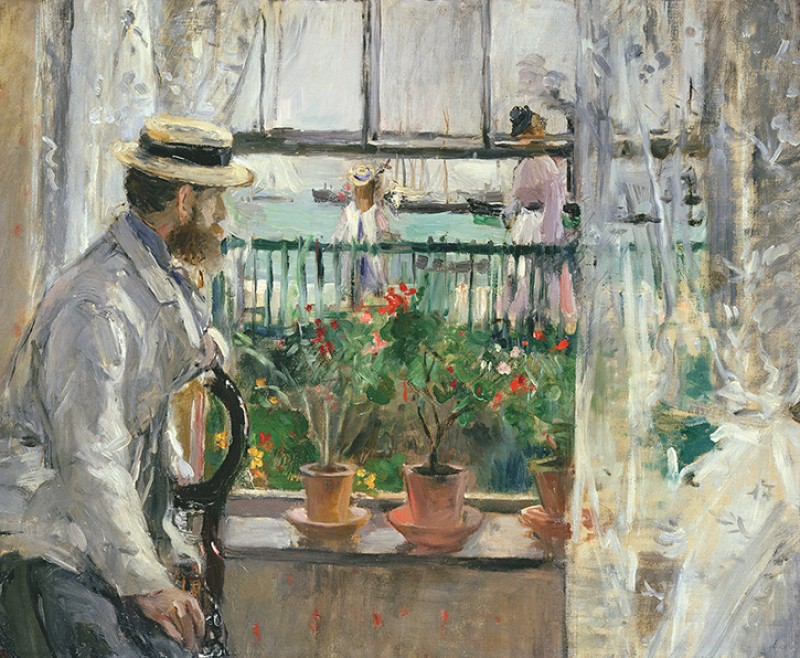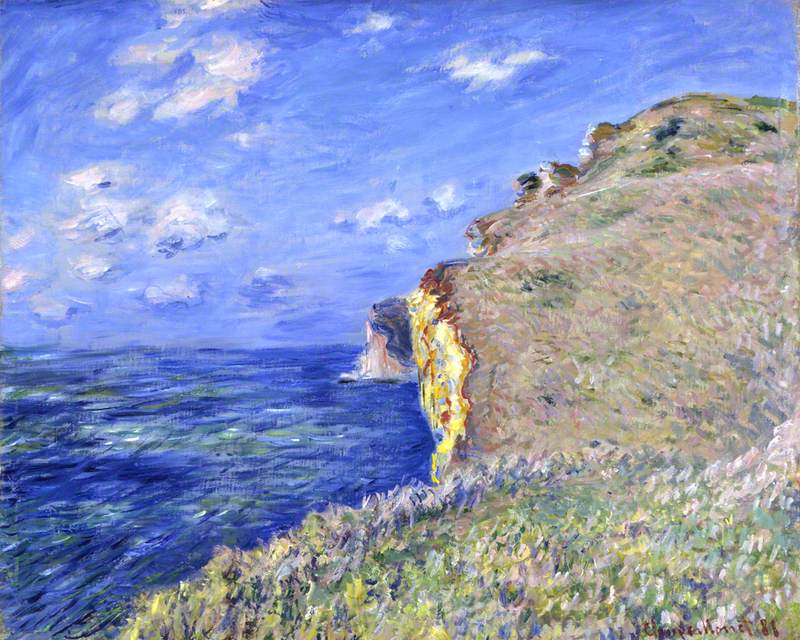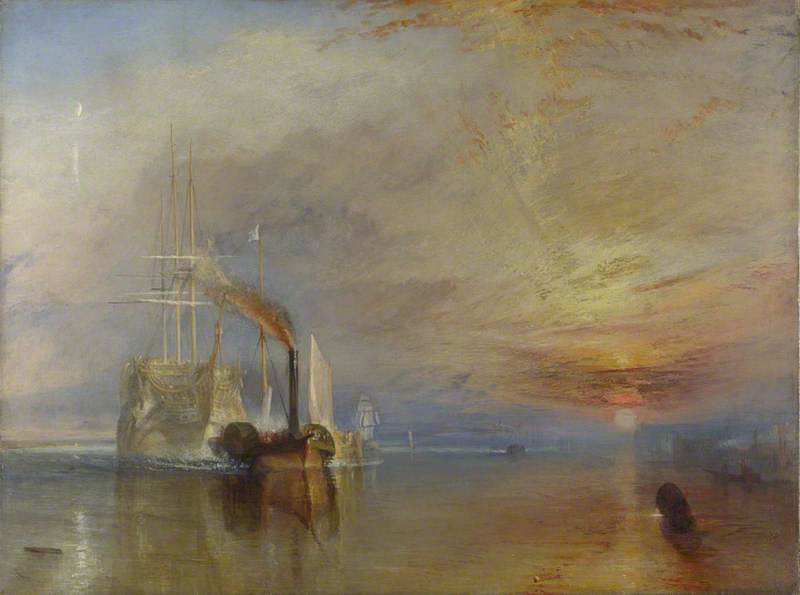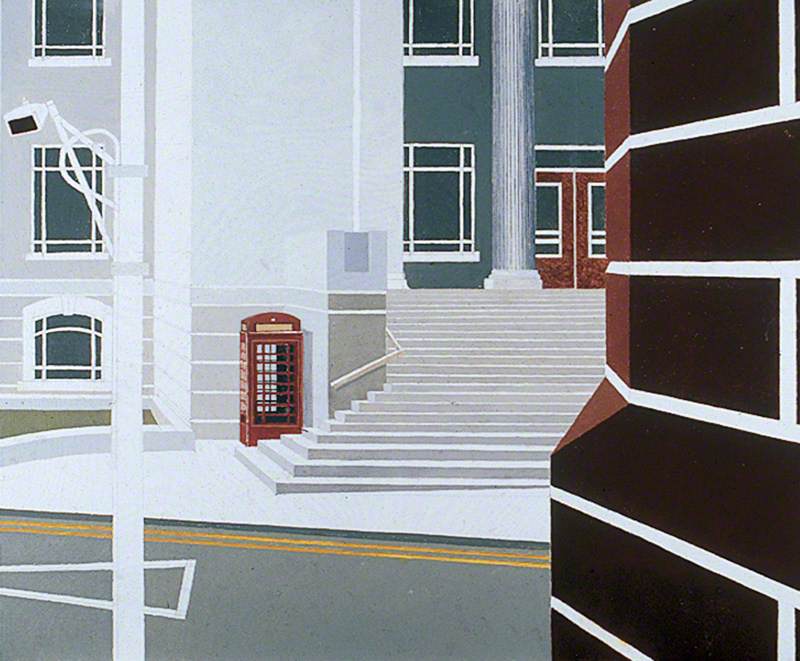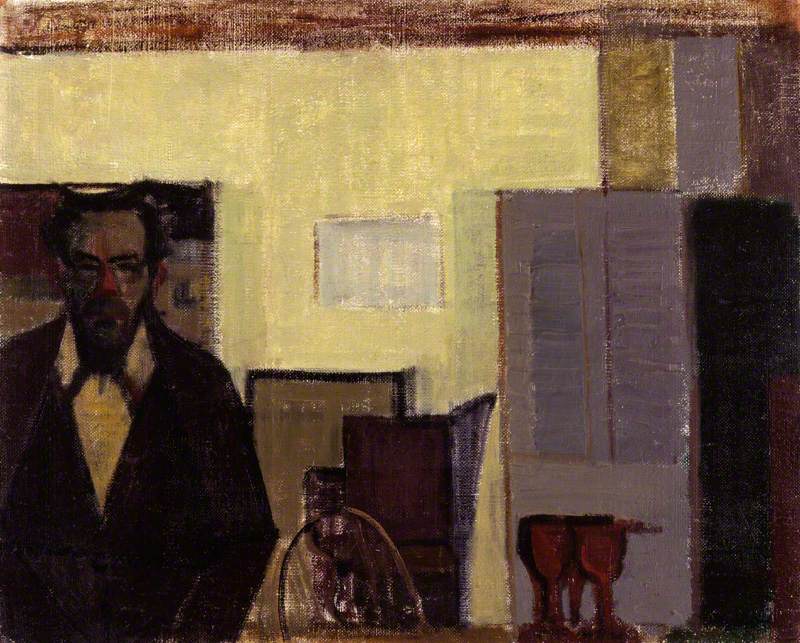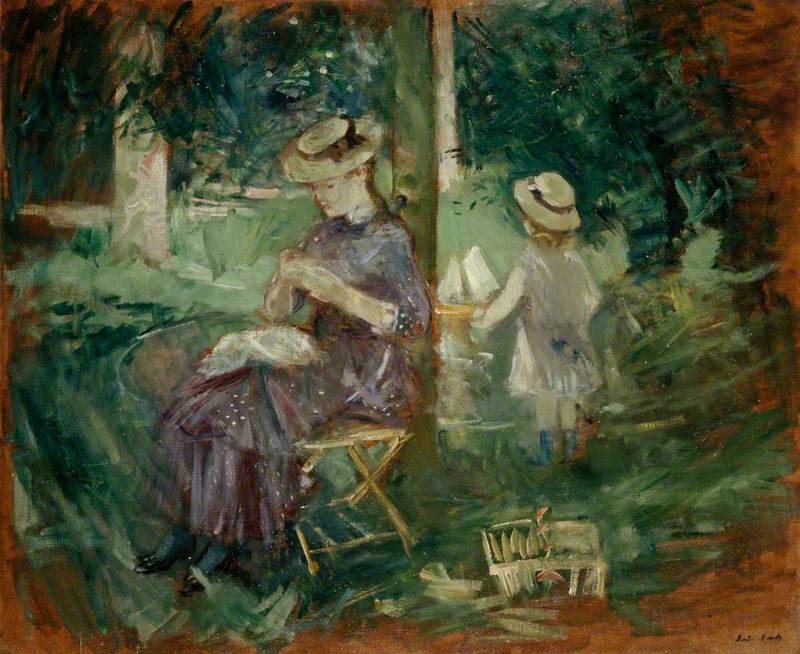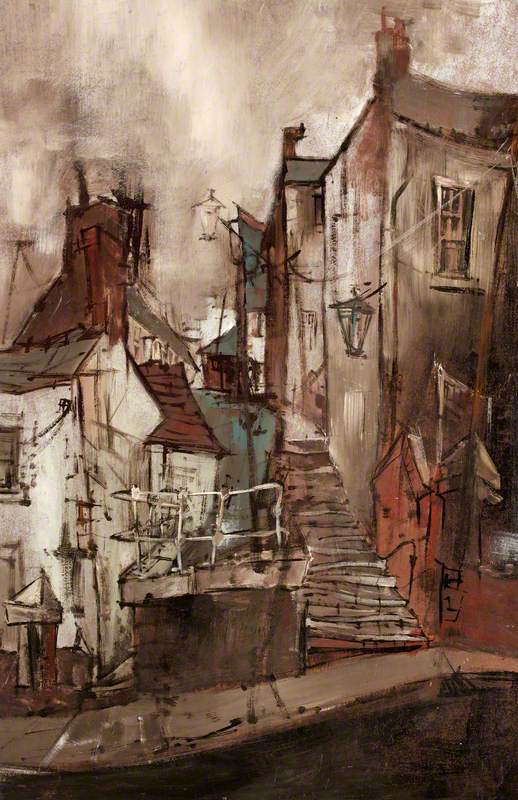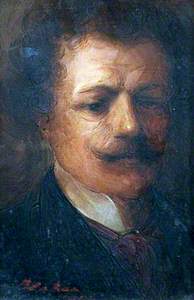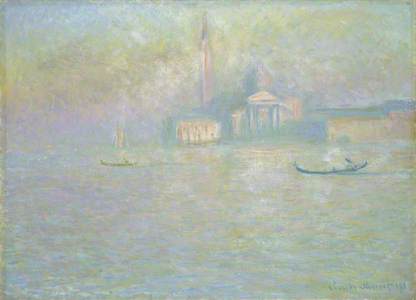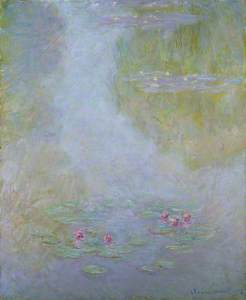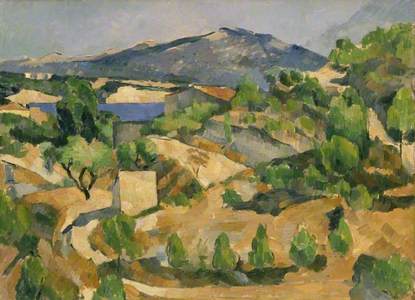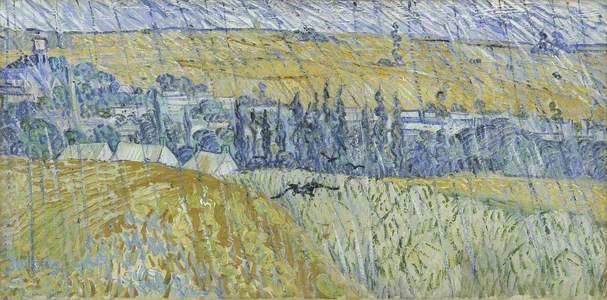Many public collections have benefitted from donations and bequests from private collectors. Up there with the most generous and pioneering were two Welsh sisters: Gwendoline and Margaret Davies. Their bequest to Wales included one of the first and finest groups of French Impressionist and Post-Impressionist art in Britain. They formed their art collection together, but made individual choices, and always with a public purpose and the people of Wales in mind.
Gwendoline and Margaret – or Gwen and Daisy – along with their brother David had a sheltered but privileged upbringing at Plas Dinam, Wales. They were the granddaughters of David Davies of Llandinam, a highly successful engineer who made a fortune in industry.
The family were Calvinistic Methodists, regularly attending chapel, had a strong social conscience, and were forbidden to go to dances or drink alcohol. Neither sister married and they lived in mid-Wales throughout their lives, eventually moving together to Gregynog, where they hoped to fulfil their ambition of an arts and crafts centre and a place of music, art and learning.
Aged 25, Gwendoline and Margaret each received a share of their family's fortune and so were extremely wealthy. They travelled across Europe and beyond, and on these trips developed a sophisticated knowledge of art. Margaret attended an art history course in Dresden in 1907–1908 and classes at the Slade – many of her artworks can be seen on Art UK. She was a wood engraver and painted throughout her life. Gwendoline too studied art on her travels, and translated texts on artists they were interested in from French to English.
The sisters chose the works they collected themselves. Gwendoline wrote, 'The great joy of collecting anything is to do it yourself – with expert opinion granted, but one does like to choose for oneself.' They had advisors along the way, including the artist Murray Urquhart and most importantly Hugh Blaker, the brother of their governess Jane. Blaker was an artist and curator of the Holburne Museum, and an art dealer and critic. He was passionate about modernist art. He advised and sometimes acted for the sisters at auctions and galleries.
Their first known art purchase was in 1906 – a watercolour by Hercules Brabazon Brabazon. They started collecting in earnest in 1908, spending considerable amounts of money. The first four years of their collecting included works by British and French artists, and often reflected the art they had seen in European galleries like the Louvre. They acquired works by Corot, including Castel Gandolfo. Margaret had admired Corot's paintings at the Louvre, appreciating 'the beautiful light in them all, and the softness, and the touch of colour which the figures give.'
Castel Gandolfo, Dancing Tyrolean Shepherds by Lake Albano
1855–1860
Jean-Baptiste-Camille Corot (1796–1875) 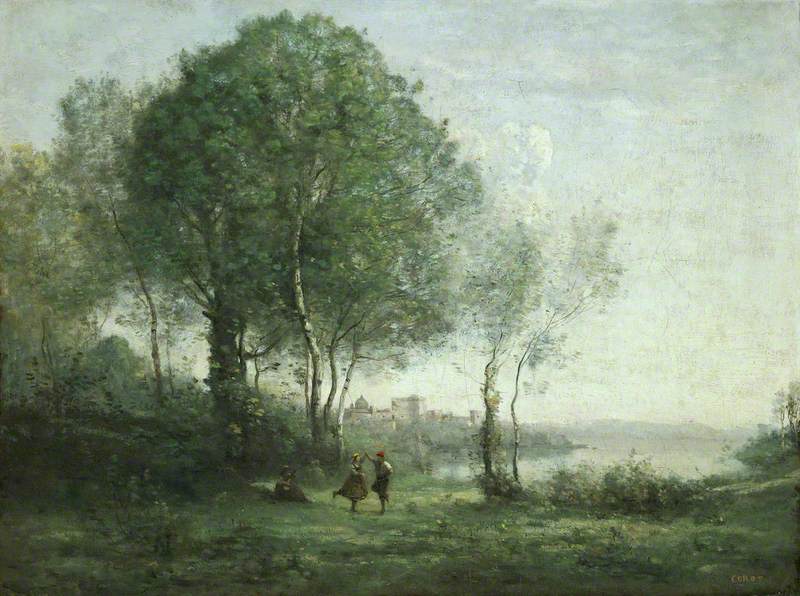
In 1908 they acquired their first works by Turner. They bequeathed 15 Turner paintings and watercolours to Wales, including The Beacon Light. Turner's work commanded high prices and the Davies sisters spent far more on his works than many of their Impressionist paintings.
Millet was another favourite. They assembled an exceptional group of works by him, including The Seated Shepherdess, The Peasant Family, and Winter, The Faggot Gatherers.
Winter, The Faggot Gatherers
1868–1875
Jean-François Millet (1814–1875) 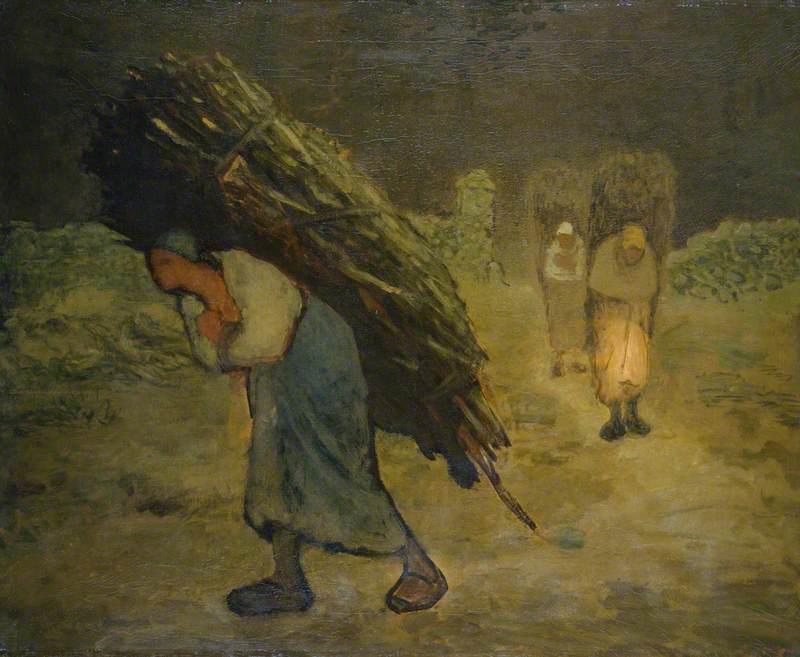
In 1912 their collecting took a remarkable new direction. Hugh Blaker wrote: '[I] am delighted that you think of getting some examples of the Impressionists of 1870. Very few English collectors…have bought them at all.' The sisters were unusual in deciding to purchase Impressionist art when it was not yet widely appreciated or exhibited in Britain.
Monet's San Giorgio Maggiore was one of Gwendoline's first Impressionist purchases, reflecting the sisters' love of Venice. Monet was a favourite artist and they bequeathed eight paintings by him to Wales, including Charing Cross Bridge and three Waterlilies paintings.
Another innovative acquisition at the time was Berthe Morisot's Woman and Child in a Meadow at Bougival. This was the only work by a woman artist in the sisters' collections for many years.
Woman and Child in a Meadow at Bougival
1882
Berthe Morisot (1841–1895) 
In 1913 Gwendoline purchased what is now the most famous painting from the Davies sisters' collection, Renoir's iconic La Parisienne, exhibited in the first Impressionist exhibition in 1874 and affectionally known in Wales as The Blue Lady.
The sisters became deeply involved in charitable work during the war but continued collecting. Gwendoline volunteered for the French Red Cross. While helping run a canteen in Troyes, she visited Paris and acquired paintings from galleries like Bernheim-Jeune, including their first purchases of works by Cézanne.
The François Zola Dam
1878–1879 or 1883–1884
Paul Cézanne (1839–1906) 
As Paris was under bombardment, The François Zola Dam was transported straight to Britain and immediately went on public display in Bath. The sisters frequently lent their works to exhibitions around the UK. The François Zola Dam and Still Life with Teapot were offered on loan to Tate, but were initially rejected which resulted in a public debate. When finally accepted in 1922, they were among the first works by Cézanne to be exhibited in a British national gallery.
Back in Wales, the Davies family encouraged refugee Belgian artists, poets and musicians to come to Wales, including the sculptor George Minne, and Valerius de Saedeleer. They supported them and bought some of their works.
In 1920 Gwendoline made another extraordinary acquisition – Vincent van Gogh's monumental Rain, Auvers, painted just days before the artist's death, and one of the first works by him to enter a British collection.
Gwendoline stopped collecting in 1926. Their interests were drawn in philanthropic directions and to their home, Gregynog. But both continued to support art in Wales. They were particularly strong supporters of Augustus John and acquired a good collection of his paintings, watercolours and prints. Interestingly neither sister purchased work by his sister, Gwen John.
Head of Dorelia McNeill (1881–1969)
c.1911
Augustus Edwin John (1878–1961) 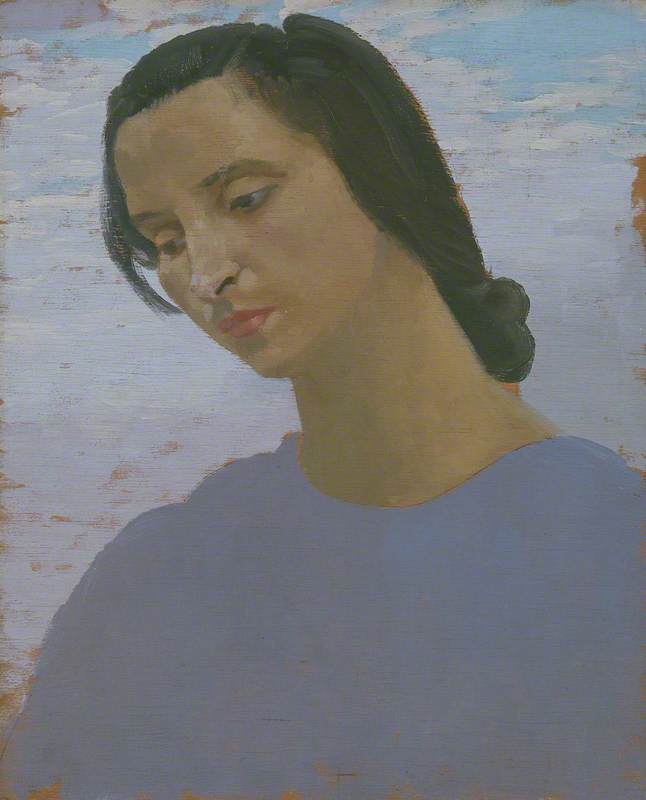
In 1951 Gwendoline bequeathed her part of the art collection to Amgueddfa Cymru, transforming Wales' national collection.
Margaret resumed collecting in 1934 and continued until the year before she died, this time concentrating on British twentieth-century art, including Terry Frost's Brown Harbour. She collected art with a public, national collection for Wales in mind.
The majority of Margaret's collection was left to Amgueddfa Cymru in 1963, reuniting her collection with her sister's. Other works in Margaret's collection were offered for sale to the University of Wales, and some are still on display at Gregynog Hall.
Wales today has a national art collection of international importance in large due to the pioneering collecting and generosity of Margaret and Gwendoline Davies. Their passion for art has had a truly extraordinary impact on the cultural life of Wales.
Beth McIntyre, curator and art historian
This content was supported by Welsh Government funding
Our condolences to the family and friends of Lord David Davies of Llandinam, who passed away in February this year. He was the great-nephew of the Davies sisters and a generous champion of their legacy.
Further reading
Trevor Fishlock, A Gift of Sunlight: The Fortune and Quest of the Davies sisters of Llandinam, Gomer Press, 2014
Ann Sumner, Colour and Light – Fifty Impressionist and Post-Impressionist Works at the National Museum of Wales, Llyfrau Amgueddfa Cymru/National Museum Wales Books, 2005
Bethany McIntyre, Sisters Select: Works on Paper from the Davies Collection, Llyfrau Amgueddfa Cymru/National Museum Wales Books, 2000
